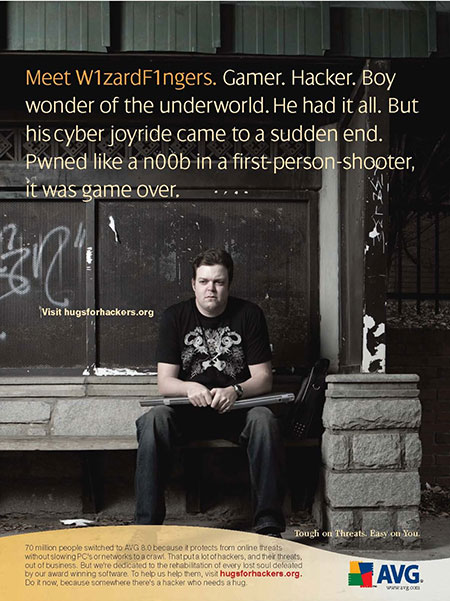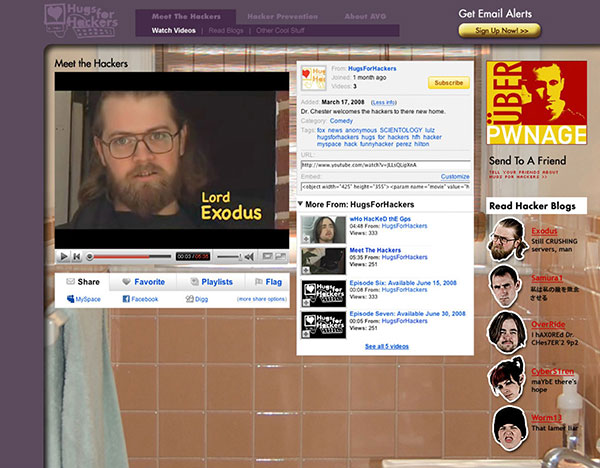Feb
Six Ways Video Consumption is Changing
By Sara Gates May, Research and Partnerships
According to a recent Hubspot’s 2020 State of Marketing report, video is more important to consumers than ever before. Consumers are being inundated with marketing videos over social media, streaming apps, and search result pages. It’s no longer just :30 spots on linear tv. Video is always expanding, changing, and evolving to fit new consumer needs and new platforms.
1. Consumers rely on marketing videos from brands.
Video content, such as product demos, video reviews, and unboxings are what consumers use to learn about the product before they buy it. Along with higher engagement, video marketing directly from the brand delivers authenticity and builds trust between the consumer and the brand.
2. Half of Gen Z and Millennials “don’t know how they’d get through life without video.”
In a YouTube study, 50% of millennials and Gen Z said they “couldn’t live” without video in their daily lives. It’s like oxygen. As these age groups begin to embody a major portion of the market, brands should consider testing video strategies on social media and their websites. If viewers come across a great video for a product that they’re interested in, they may watch it and use the content to buy or as confirmation that they have chosen the right brand.
3. Video consumers want to relax — or escape — from daily life.
Video consumers in all generations ingest video content to relax and unwind. While mindless content may give the viewer a laugh, marketers should aim higher. By highlighting enjoyable qualities or adding funny anecdotes to an informative marketing video, brands can keep viewers entertained and engaged.
4. Consumers want to learn more about their niche and passions.
Besides relaxation, consumers seek video content to learn more about their passions, interests, hobbies, or social causes. A well understood target audience, their personas, causes and drivers are key insights for brands. Armed with that insight, marketers can choose video topics that the consumer really identifies with, creating connections to help them remember the brand.
5. Consumers don’t care if your video looks like it has a big budget.
Millennials and Gen Z differ from older age groups in that they don’t care if video content is user-generated or professionally made. In YouTube’s study, consumers were asked to rank the top reasons they watch videos and “high quality production” and “famous actors” were near the bottom of the list. Brands should remain willing to use or share more video content made by their own customers or fans.
6. Younger generations are watching longer content.
Although the average Gen Z member has an online attention span of eight seconds, they are willing to watch longer content. If a long-form video immediately captures the viewer’s attention and offers valuable and entertaining information throughout, even younger generations may watch the whole video. Brands should scrub their marketing videos from the point of view of a busy consumer. Before publishing ensure that no components, particularly at the opening are dull.
Read more here: https://blog.hubspot.com/marketing/how-video-consumption-is-changing





